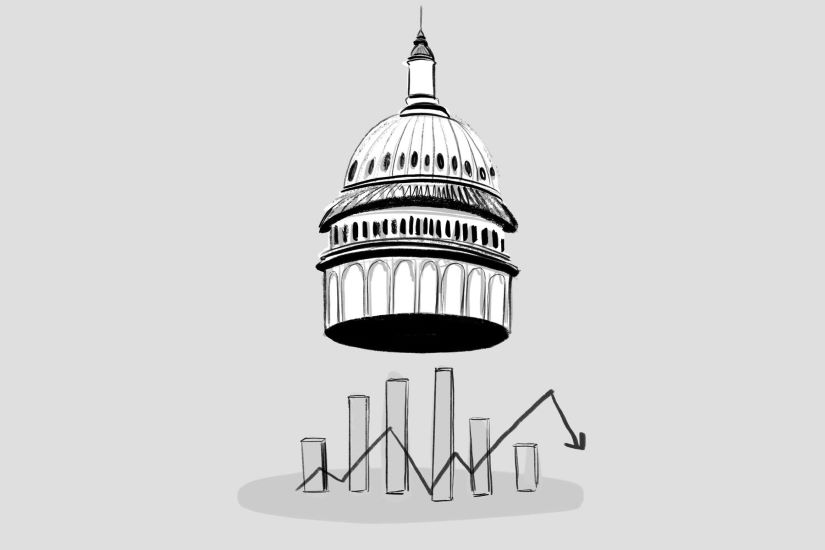By coming up with stricter standards for energy efficiency in HVAC systems, recent changes have signaled a major trend in how homes will be heated and cooled over the next few years. With new regulations set to take effect, both consumers and the environment can benefit. This means that not only will home savings amount to thousands on your energy bill each year but also that you will reduce harmful carbon emissions.
In 2023, central air conditioning and heat pump systems for residential use will also have to be more energy-efficient. This affects everything from air conditioners to heat pumps. Newer models will not only save energy, but they will also be better for the environment. The Department of Energy has worked with various stakeholders to develop these polices, which will shake up the heating and air conditioning industry and encourage companies to aim higher in terms of product quality.
At first glance, these regulations seem rather intimidating, but they provide homeowners an opportunity to replace their coal-burning units with new, efficient models that save money. Taking the initiative to know all about these new standards allows homeowners to make intelligent decisions from the beginning about their heating, air conditioning or cooling-it is a part of our society’s overall movement towards greater symmetry.
What to Know About the New Energy Efficiency Standards
New energy efficiency standards are designed to lower consumer costs and provide environmental benefits. The standards, which the U.S. Department of Energy recently finalized, aim at improving the performance of HVAC systems, in addition to other appliances.
The Back Story and Justification
Energy efficiency standards are nothing new in the United States, having been around even before the 1970s. These began as a way to limit dependence on foreign oil and discourage energy waste, largely in response to energy crises. They have evolved over the years to meet those worries, especially climate change. The reason given for the recent updates is to reduce energy conservation. The government knows that HVAC systems consume a considerable amount of energy both in homes and buildings. The goal of the tighter efficiency standards is to cut greenhouse gas emissions and reduce consumers’ utility bills, the savings from which can be significant.
Main Elements of the Regulations
The latest regulations target a number of key elements to improve HVAC efficiency. The key components are the new minimum Seasonal Energy Efficiency Ratio (SEER) ratings.
- Higher SEER Ratings: New residential air conditioners and heat pumps must have higher SEER ratings, which equals more efficient energy usage.
- Testing Methods:Newly updated testing methods ensure that efficiency ratings more accurately reflect real-world use, encouraging honest marketing practices by manufacturers.
- Effective Date: The standards go into effect in 2023, providing an adjustment period for consumers and manufacturers.
Comparison with Previous Standards
The new energy efficiency standards represent a shift from previous requirements says Justin with Optimized Air out of Round Lake, IL.
- Harsher SEER Ratings: Previous SEER ratings were not as high so the market allowed less energy-efficient products.
- Wider Focus: The new standards cover more types of HVAC equipment, including heat pumps, that haven’t been as tightly regulated in the past.
- Potential for Increased Savings: The new standards are estimated to save households billions of dollars each year on their energy bills compared to the old regulations.
These comparisons showcase the forward-looking nature of the new standards as well as their potential to impose increased costs on consumers.
Effects on HVAC systems
The new energy efficiency standards will have major implications throughout the HVAC industry. These changes will affect manufacturers, affect consumer prices, offer environmental benefits, and be difficult to implement.
Effects on Manufacturers
Manufacturers will need to adapt to new energy efficiency requirements to stay in competition. Updated designs for equipment such as air conditioners and heat pumps are required by the Department of Energy (DOE). This means higher production costs for the manufacturers, who have to make investments in research and development.
Manufacturers might have to retrofit production facilities to make more efficient systems. This change may lead to supply chain disruptions as they find different inputs. Staying mandated to these technologies can trigger innovation, compelling organizations to construct more cutting-edge technologies.
Consumer Costs and Savings
Consumers will probably notice differences in their HVAC system costs. Although the cost of high-efficiency units can go up, over time, savings are an important factor. Newer machines should bring energy bills down significantly.
Consumers may save nearly $1.9 billion a year from less wasted energy, projections show. However, savings over time on utility bills may counteract the higher upfront costs. Families will see a total of $24.8 billion in savings over 30 years.
Environmental Benefits
The updated standards aim to reduce harmful carbon emissions, contributing positively to the environment. More efficient HVAC systems consume less energy, which decreases the overall demand from power plants. This reduction helps lower greenhouse gas emissions.
As energy efficiency improves, households and businesses will also contribute to reducing air pollution. Lower energy use aligns with national goals to combat climate change. Consequently, these regulations benefit not only individual consumers but also the planet.
Challenges for Implementation
Implementing these new efficiency standards will meet several challenges. Workers and installers will have to learn how to use the latest technology. But as a consequence, this approach also means that at any one moment, there are too few professionally trained people available to put in properly installed heating or cooling systems.
Another consideration is cost. Because the changes will require money from consumers, things may not be so good quality now as in the past. People with limited earnings face an extra burden of paying down loans and interest when training costs become due for repayment soon after. Additionally, supply chain issues arising from both ongoing and unforeseen occurrences such as major natural disasters can make it difficult to deliver equipment that meets standards, thus provoking irritation among consumers eager to update their heating plants.

